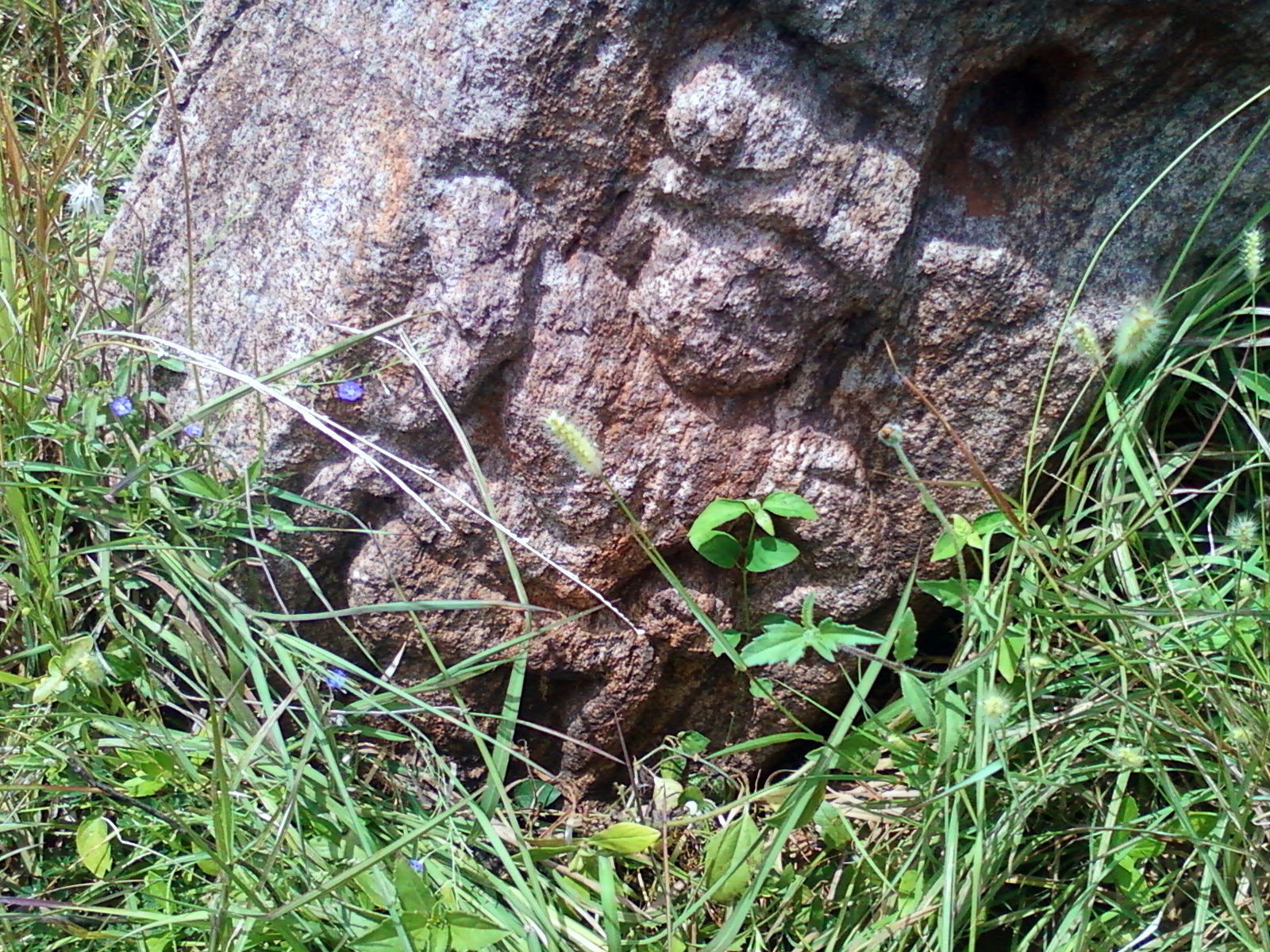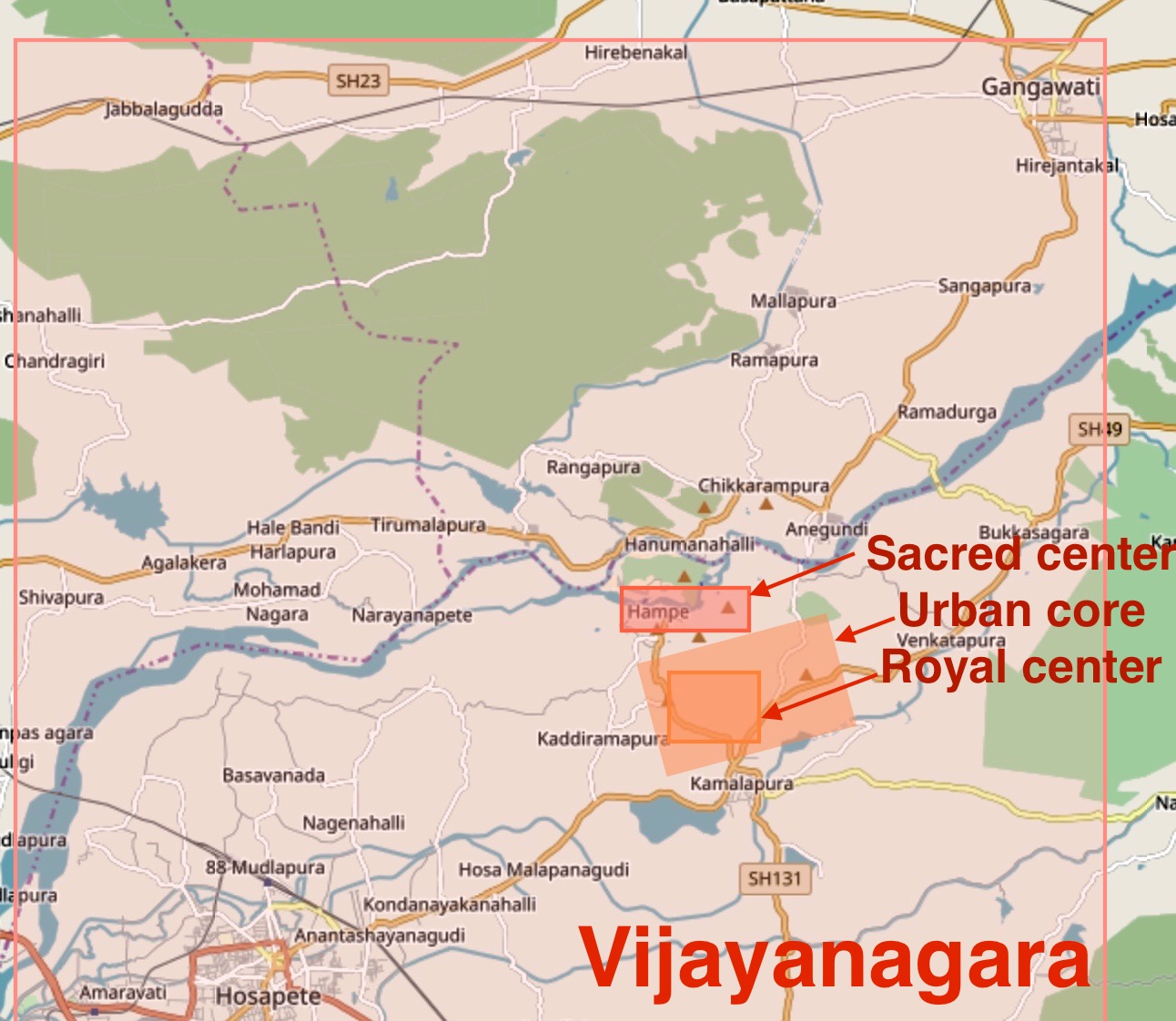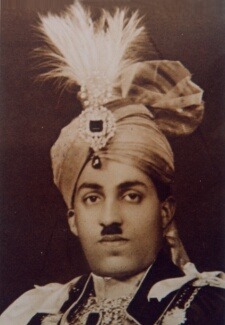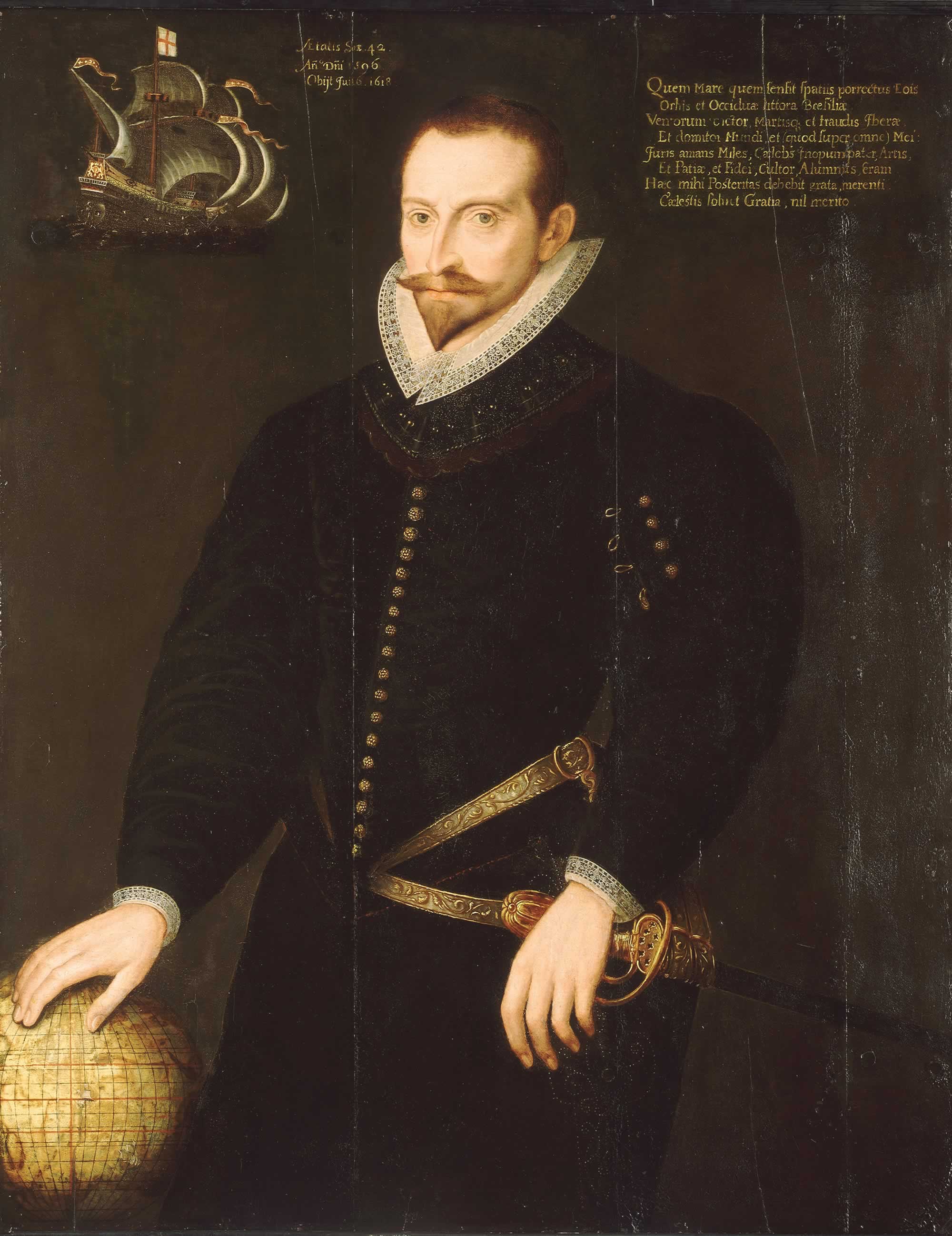|
Arudra
Arudra (born Bhagavatula Sadasiva Sankara Sastry; 31 August 1925 – 4 June 1998) was an Indian author, poet, lyricist, translator, publisher, dramatist, playwright, and an expert on Telugu literature. He is also known for his works in Telugu cinema as a lyricist, dialogue writer, and story writer. He received the Sahitya Akademi Award in 1987. Early life Aarudra was born in Yelamanchili, Visakhapatnam, Andhra Pradesh, India on 31 August 1925. Aarudra is the nephew of Telugu poet Sri Sri. After primary education, he shifted to Vizianagaram in 1942 for his college education. He was attracted to communism after coming into contact with people like ''Ronanki Appalaswami'' and Chaganti Somayajulu. He joined the Indian Air Force as a Band Boy in 1943 and served it till 1947. He shifted to Madras and worked as editor of '' Anandavani'' magazine for two years. Joining the film industry in 1949, he wrote lyrics and dialogues for many films. He married noted writer K. Rama Lakshmi (a co ... [...More Info...] [...Related Items...] OR: [Wikipedia] [Google] [Baidu] |
Anandavani
''Anandavani'' (ఆనందవాణి) was a popular Telugu magazine. Overview It was started as weekly news magazine by Vuppuluri Kalidas in 1939. The first issue was released from Madras with coverpage depicting Rajaji on 2 January. It became very popular during the preindependence period. Malladi, Sripada and Munimanikyam , Sri Sri , Arudra and many others contributed regularly. There used to be lively discussions on many social and political issues supporting Indian independence movement. It was changed to monthly magazine in 1945. The head office was shifted to Hyderabad in 1960. Srirangam Srinivasa Rao used to organize "Varam Varam" and "Gallanudikattu" columns. Ravuri Venkata Satyanarayana Rao wrote in Kappu Coffee features. Vyasa Publishing House contributed Ramayana, Mahabharata and Bhagavatam written by C. Rajagopalachari. Famous editor M. Chalapati Rao All-in-All as Endaro Mahanubhavulu. Arudra Arudra (born Bhagavatula Sadasiva Sankara Sastry; 31 August 1925 ... [...More Info...] [...Related Items...] OR: [Wikipedia] [Google] [Baidu] |
Telugu Literature
Telugu literature is the body of works written in the Telugu language. It consists of poems, short stories, novels, plays, and song lyrics, among others. There is some indication that Telugu literature dates at least to the middle of the first millennium, the first extant works are from the 11th century when the Mahabharata was first translated to Telugu from Sanskrit by Nannaya. The language experienced a golden age under the patronage of the Vijayanagara king-poet Krishnadevaraya. Historiography There are various sources available for information on early Telugu writers. Among these are the prologues to their poems, which followed the Sanskrit model by customarily giving a brief description of the writer, a history of the king to whom the book is dedicated, and a chronological list of the books he published. In addition, historical information is available from inscriptions that can be correlated with the poems; there are several grammars, treatises, and anthologies that ... [...More Info...] [...Related Items...] OR: [Wikipedia] [Google] [Baidu] |
Telugu Cinema
Telugu cinema, also known as Tollywood, is the segment of Indian cinema dedicated to the production of motion pictures in the Telugu language, widely spoken in the states of Andhra Pradesh and Telangana. Telugu cinema is based in Film Nagar, Hyderabad, India. The nickname ''Tollywood'' is a portmanteau of the words Telugu and Hollywood. By 2021, it has emerged as the largest film industry in India in terms of box-office. Since 1909, filmmaker Raghupathi Venkaiah Naidu was involved in producing short films and travelling to different regions in Asia to promote film work. In 1921, he produced the silent film, '' Bhishma Pratigna'', generally considered to be the first Telugu feature film, and hence, regarded as the ''Father of Telugu cinema''. In 1933, ''Sati Savitri'' directed by Chittajallu Pullayya received an honorary diploma at the 2nd Venice. Known for its big-ticket, and popular film genre catering to wider audience, works such as '' Pathala Bhairavi'' (1951) (only ... [...More Info...] [...Related Items...] OR: [Wikipedia] [Google] [Baidu] |
Srirangam Srinivasarao
Srirangam Srinivasa Rao (30 April 1910 – 15 June 1983), popularly known as Sri Sri, was an Indian poet and lyricist who is known for his works in Telugu language, Telugu literature and films. Noted for his anthology ''Maha Prasthanam'', Sri Sri is a recipient of a National Film Awards, National Film Award, a Nandi Awards, Nandi Award and a Sahitya Akademi Award. He was a member of Pen India, Sahitya Academy, vice-president of the South Indian Film Writers Association, Madras and president of the Revolutionary Writers Association of Andhra. Life Srirangam Srinivasa Rao, popularly known as Sri Sri, was born in a Telugu language, Telugu family on 30 April 1910 in Visakhapatnam of present-day Andhra Pradesh. His parents were Pudipeddi Venkatramaniah and Atappakonda but was later adopted by Srirangam Suryanarayana. Sri Sri was schooled at Vishakhapatnam, and graduated in Bachelor of Arts, BA at University of Madras in 1931. He started as a demonstrator at SVS College, Vizag in 1935 ... [...More Info...] [...Related Items...] OR: [Wikipedia] [Google] [Baidu] |
Visakhapatnam
, image_alt = , image_caption = From top, left to right: Visakhapatnam aerial view, Vizag seaport, Simhachalam Temple, Aerial view of Rushikonda Beach, Beach road, Novotel Visakhapatnam, INS Kursura submarine museum, Vizag skyline, Kambalakonda wildlife sanctuary , etymology = , nickname = The City of DestinyThe Jewel of the East Coast , image_map = , map_caption = , pushpin_map = India Visakhapatnam#India Andhra Pradesh#India#Asia#Earth , pushpin_label_position = left , pushpin_map_alt = , pushpin_map_caption = , coordinates = {{coord, 17, 42, 15, N, 83, 17, 52, E, display=inline,title , subdivision_type = Country , subdivision_name = {{flag, India , subdivision_type1 = State , subdivision_name1 = Andhra Pradesh , subdivision_type2 = Districts , subdivision_name2 = Visakhapatnam, Anaka ... [...More Info...] [...Related Items...] OR: [Wikipedia] [Google] [Baidu] |
Kakatiya Dynasty
The Kakatiya dynasty ( IAST: Kākatīya) was an Indian dynasty that ruled most of eastern Deccan region comprising present day Telangana and Andhra Pradesh, and parts of eastern Karnataka and southern Odisha between 12th and 14th centuries. Their capital was Orugallu, now known as Warangal. Early Kakatiya rulers served as feudatories to Rashtrakutas and Western Chalukyas for more than two centuries. They assumed sovereignty under Prataparudra I in 1163 CE by suppressing other Chalukya subordinates in the Telangana region. Ganapati Deva (r. 1199–1262) significantly expanded Kakatiya lands during the 1230s and brought under Kakatiya control the Telugu-speaking lowland delta areas around the Godavari and Krishna rivers. Ganapati Deva was succeeded by Rudrama Devi (r. 1262–1289) who is one of the few queens in Indian history. Marco Polo, who visited India around 1289–1293, made note of Rudrama Devi's rule and nature in flattering terms. She successfully repelled the atta ... [...More Info...] [...Related Items...] OR: [Wikipedia] [Google] [Baidu] |
Vijayanagara
Vijayanagara () was the capital city of the historic Vijayanagara Empire. Located on the banks of the Tungabhadra River, it spread over a large area and included the modern era Group of Monuments at Hampi site in Vijayanagara district, Bellary district and others in and around these districts in Karnataka, India. A part of Vijayanagara ruins known as Hampi has been designated as a UNESCO world heritage site. Vijayanagara is in the eastern part of central Karnataka, close to the Andhra Pradesh border.Vijayanagara Encyclopaedia Britannica Hampi is an ancient human settlement, mentioned in Hindu texts and has pre-Vijayanagara temples and monuments. In early 14th century, the Deccan region including the dominant |
Nawab
Nawab (Balochi: نواب; ar, نواب; bn, নবাব/নওয়াব; hi, नवाब; Punjabi : ਨਵਾਬ; Persian, Punjabi , Sindhi, Urdu: ), also spelled Nawaab, Navaab, Navab, Nowab, Nabob, Nawaabshah, Nawabshah or Nobab, is a Royal title indicating a sovereign ruler, often of a South Asian state, in many ways comparable to the western title of Prince. The relationship of a Nawab to the Emperor of India has been compared to that of the Kings of Saxony to the German Emperor. In earlier times the title was ratified and bestowed by the reigning Mughal emperor to semi-autonomous Muslim rulers of subdivisions or princely states in the Indian subcontinent loyal to the Mughal Empire, for example the Nawabs of Bengal. The title is common among Muslim rulers of South Asia as an equivalent to the title Maharaja. "Nawab" usually refers to males and literally means ''Viceroy''; the female equivalent is " Begum" or "''Nawab Begum''". The primary duty of a Nawab wa ... [...More Info...] [...Related Items...] OR: [Wikipedia] [Google] [Baidu] |
East India Company
The East India Company (EIC) was an English, and later British, joint-stock company founded in 1600 and dissolved in 1874. It was formed to trade in the Indian Ocean region, initially with the East Indies (the Indian subcontinent and Southeast Asia), and later with East Asia. The company seized control of large parts of the Indian subcontinent, colonised parts of Southeast Asia and Hong Kong. At its peak, the company was the largest corporation in the world. The EIC had its own armed forces in the form of the company's three Presidency armies, totalling about 260,000 soldiers, twice the size of the British army at the time. The operations of the company had a profound effect on the global balance of trade, almost single-handedly reversing the trend of eastward drain of Western bullion, seen since Roman times. Originally chartered as the "Governor and Company of Merchants of London Trading into the East-Indies", the company rose to account for half of the world's trad ... [...More Info...] [...Related Items...] OR: [Wikipedia] [Google] [Baidu] |
Sita
Sita (; ) also called as Janaki and Vaidehi is a Hindu goddess and the female protagonist of the Hindu epic, '' Ramayana''. She is the consort of Rama, the avatar of the god Vishnu, and is regarded as a form of Vishnu's consort, Lakshmi. She is also the chief goddess of Rama-centric Hindu traditions. Sita is known for her dedication, self-sacrifice, courage, and purity. She is one of the seventeen national heroes (r''astriya bibhuti'') of Nepal. Described as the daughter of Bhūmi (the earth), Sita is brought up as the adopted daughter of King Janaka of Videha. Sita, in her youth, chooses Rama, the prince of Ayodhya as her husband in a swayamvara. After the swayamvara, she accompanies her husband to his kingdom, but later chooses to accompany her husband, along with her brother-in-law Lakshmana, in his exile. While in exile, the trio settles in the Dandaka forest from where she is abducted by Ravana, the Rakshasa king of Lanka. She is imprisoned in the garden of ... [...More Info...] [...Related Items...] OR: [Wikipedia] [Google] [Baidu] |
Zamindar
A zamindar (Hindustani: Devanagari: , ; Persian: , ) in the Indian subcontinent was an autonomous or semiautonomous ruler of a province. The term itself came into use during the reign of Mughals and later the British had begun using it as a native synonym for “estate”. The term means '' land owner'' in Persian. Typically hereditary, from whom they reserved the right to collect tax on behalf of imperial courts or for military purposes. During the period of British colonial rule in India many wealthy and influential zamindars were bestowed with princely and royal titles such as ''maharaja'' ( great king), ''raja/ rai'' (king) and '' nawab''. During the Mughal Empire, zamindars belonged to the nobility and formed the ruling class. Emperor Akbar granted them mansabs and their ancestral domains were treated as jagirs. Some zamindars who were Hindu by religion and brahmin or kayastha or kshatriya by caste were converted into Muslims by the Mughals. During the coloni ... [...More Info...] [...Related Items...] OR: [Wikipedia] [Google] [Baidu] |
Mandodari
Mandodari ( sa, मंदोदरी, , lit. "soft-bellied";) was the queen consort of Ravana, the king of Lanka, according to the Hindu epic ''Ramayana''. The ''Ramayana'' describes Mandodari as beautiful, pious, and righteous. She is extolled as one of the '' Panchakanya'', the recital of whose names is believed to dispel sin. Mandodari was the daughter of Mayasura, the King of the Asuras (demons), and the '' apsara'' (celestial nymphs) Hema. Mandodari bears three sons: Meghanada (Indrajit), Atikaya, and Akshayakumara. According to some Ramayana adaptations, Mandodari is also the mother of Rama's wife Sita, who is infamously kidnapped by Ravana. Despite her husband's faults, Mandodari loves him and advises him to follow the path of righteousness. Mandodari repeatedly advises Ravana to return Sita to Rama, but her advice falls on deaf ears. Her love and loyalty to Ravana are praised in the ''Ramayana''. In a version of Ramayana, Hanuman tricks her into disclosing the loc ... [...More Info...] [...Related Items...] OR: [Wikipedia] [Google] [Baidu] |


.png)





.jpg)